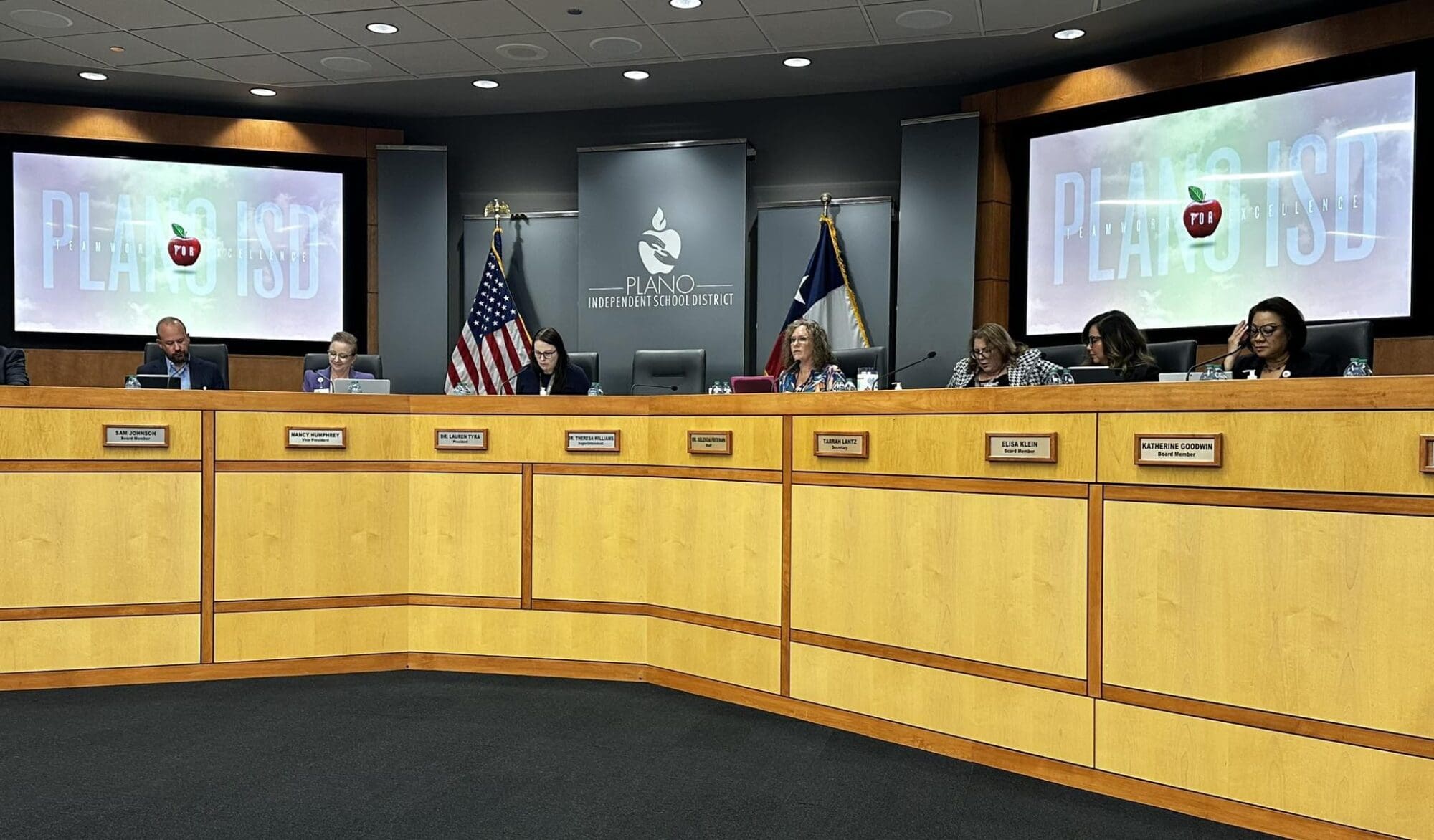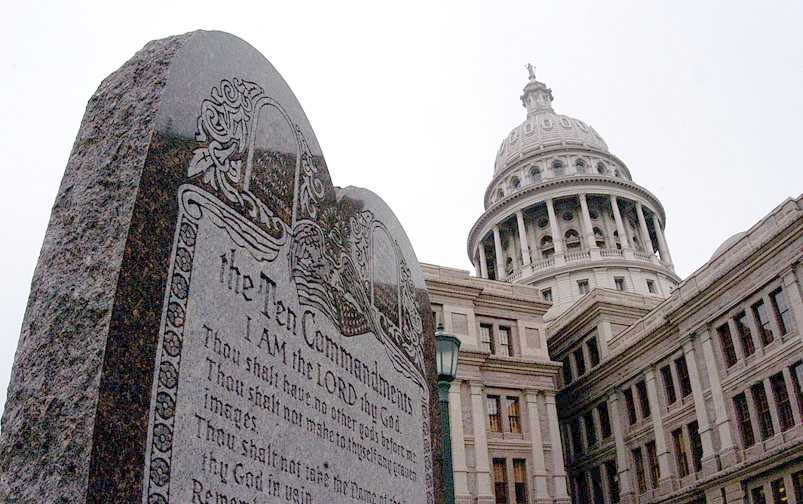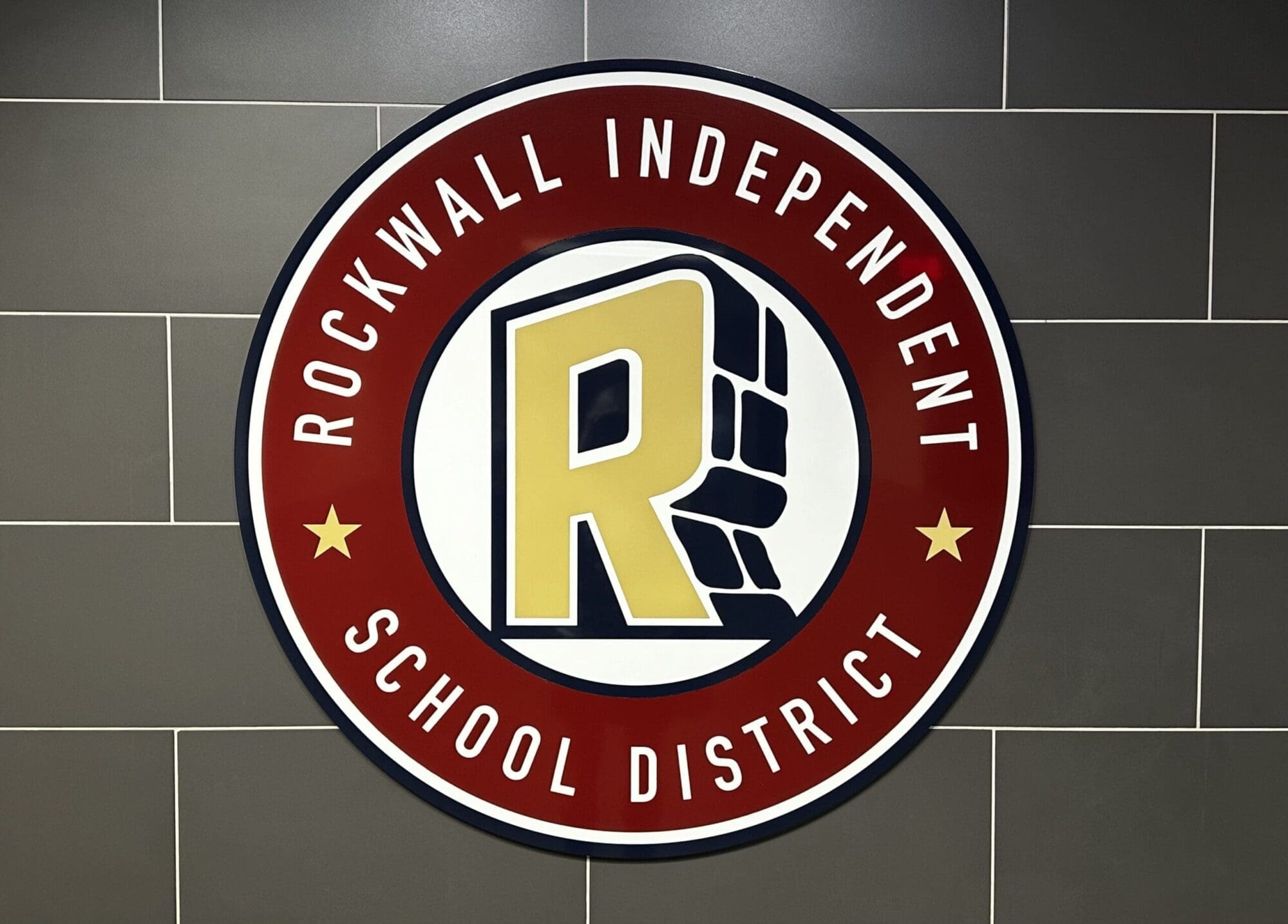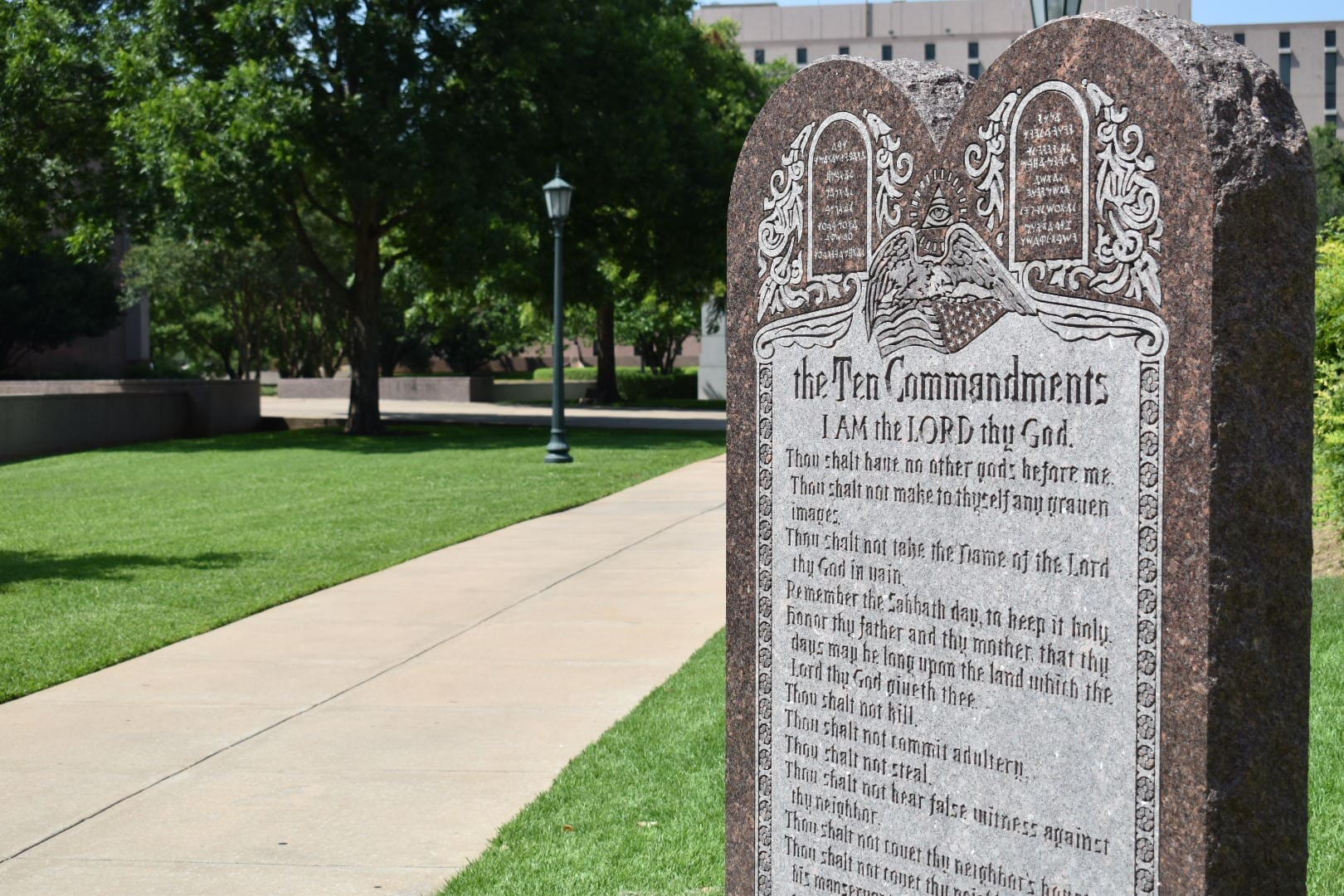City leaders in Dallas will consider new limits on charter schools, following testimony by Dallas Independent School District Trustee Joyce Foreman before a city council committee.
Invited to speak by chairman of the Human and Social Needs Council Committee, Casey Thomas, Foreman began the briefing by showing members rising enrollment rates at area charters.
The presentation highlighted not only the growing percentage of students enrolling in local charter schools, but also noted that Dallas public school performance is on the rise and the narrowing gap between public school graduation rates and academic proficiency vis-à-vis charters.
In spite of these gains, Foreman insists that charters have particular advantages in their competition with traditional public schools, among them that two notable local charters in her district are provided greater visibility by being located on busy freeways, instead of neighborhood streets.
Foreman’s solution?
“I would ask that there be a moratorium … I want them to do a study but I want a moratorium on charter schools in my area,” Foreman said. “If you look in the lower left-hand corner,” she said, pointing to a cluster of charter schools on a district map, “that’s my concern. The over-proliferation of charters in that area, guess whose district they’re in? It’s mine.”
Her proposal centers on using zoning controls to limit the spread of charter schools in her district, and possibly across the city as well. Ostensibly, she’s asking the city to choke off natural competition between schools by denying charters zoning.
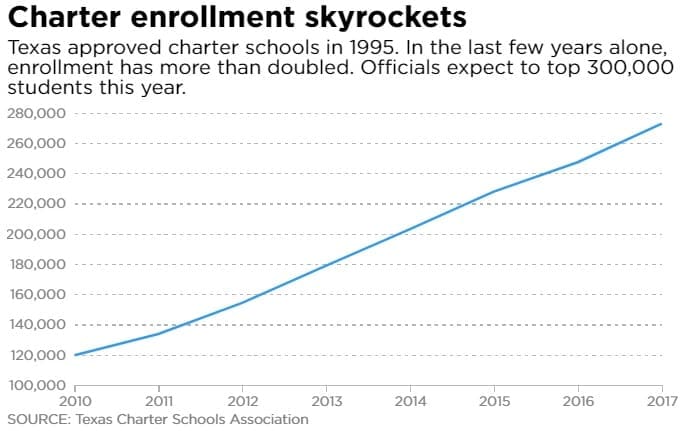
While true that for every student who leaves a DISD school for a charter school, some money is diverted away from the DISD school, it is simply not true that the reallocation of funding puts the public school or district at a loss. After all, the purpose of education is to benefit students.
State funding for charters is allocated on a per-student basis and is distributed according to state formulas, amounting to about $9,000 per year according to Texas Education Agency finance data. A comparably sized public school receives on average just over $10,000 per year per student. The gap is due to the fact that charters, which operate independently of the district, generally do not receive state facilities funding.
Additionally, this year, DISD local tax revenue topped $1.1 billion, which at an enrollment of just over 157,000 equates to just over $7,000 a year per student (charters don’t get local tax revenue, either). According to a summary provided by The Texas Public Policy Foundation, when a student transfers from a public school to a charter, state funding is reduced proportionally to reflect the reduced cost to the district for educating that student.
Furthermore, when students leave for a charter, the public school no longer has to provide facilities for that student, though facilities funding typically comes by way of local bond revenue planned and is procured long before any changes in enrollment.
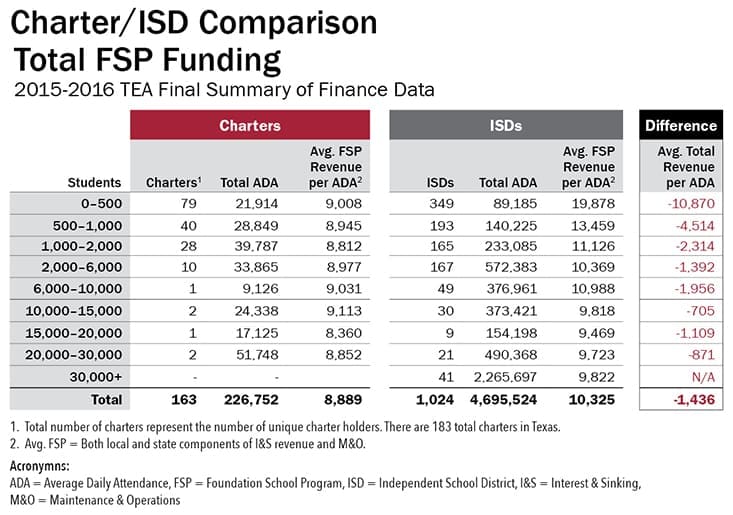
On balance, public schools are no worse off in terms of funding needs when a student transfers to a charter. What does happen, however, is an eroding of the power base for teacher’s unions and associations.
As competition from charters ramps up nationwide, public schools are facing increased pressure to improve performance. Ironically, despite opposition to charters, studies show that charters and more robust school choice options tend to have positive effects on public schools. Competition works.
“The market for school choice is working,” says Emily Sass of TPPF’s Center for Education Innovation. “If the demand for charters is growing, it’s because they are providing a preferable experience. What’s more, administrators acknowledge that the students who stay in traditional public schools are improving – which demonstrates that choice benefits everyone.”
In response to these market-based pressures, public school representatives continue to fight tooth-and-nail not only against performance metrics, but also growth in the charter school sector.
In another recent example, an investigation by The Texas Monitor revealed school districts attempting to strong-arm vendors into refusing contracts with charters, prompting the Texas Education Agency to issue a notice that such practices are a violation of state law.
Foreman’s gambit is yet another example of education monopolists and crony power brokers attempting to stifle the success Texas has seen with the incorporation of the charter system.
It would be improper to claim that charters are unequivocally better in all circumstances. However, collusion and conspiracy to use the levers of government in order to tilt the playing field against charters is egregious and could only come at the detriment of students.

